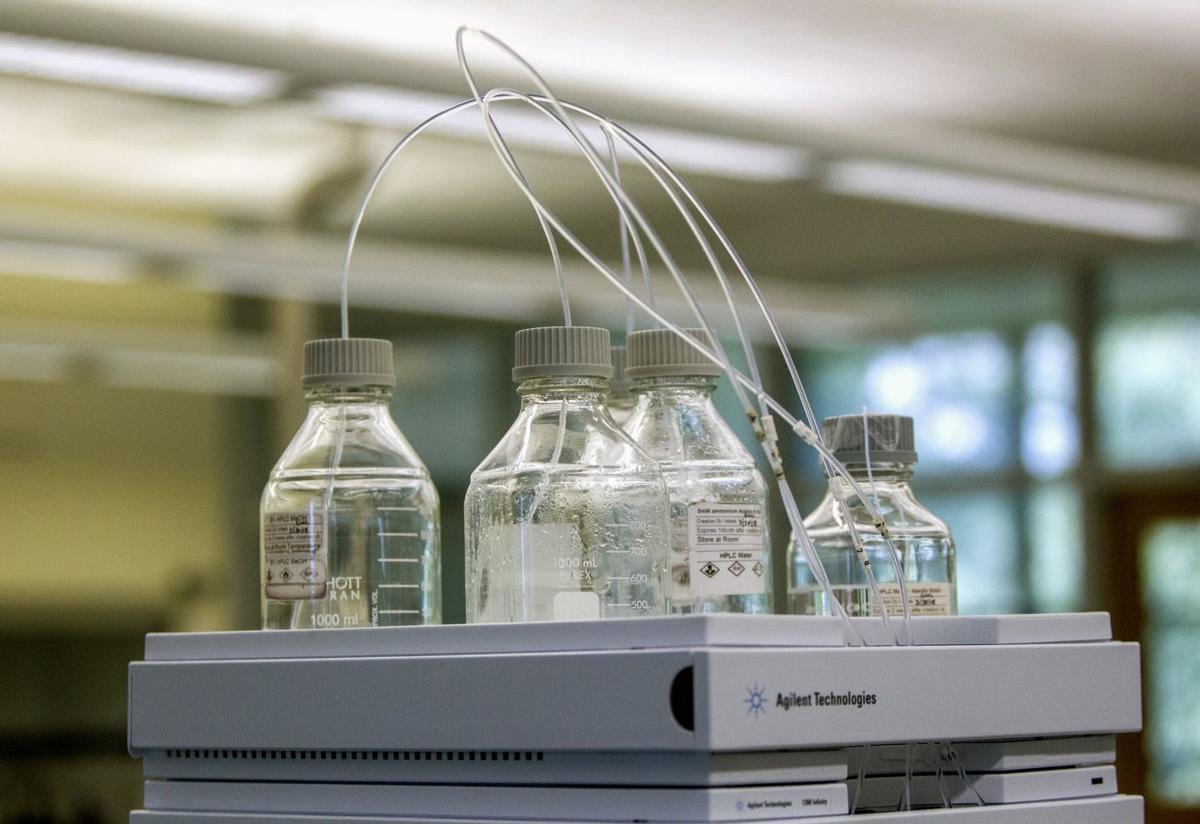Trump EPA Sued for Putting Millions of Lives at Risk With Rollback of Chemical Safety Rules
"We are fighting for the lives and safety of our families and workers. Our lives are more valuable than the bottom line of a few chemical barons."
by Jake Johnson, Common Dreams staff writer

A chemical plant of TPC Group is shrouded by smoke as the fire continues in Port Neches, Texas on Nov. 27, 2019. (Photo: Steven Song/Xinhua via Getty Images)
A coalition of more than a dozen environmental groups on Thursday sued the Trump administration for rolling back chemical disaster prevention regulations, a move they say has endangered millions of lives.
"By killing these critical protections, millions of people living near chemical facilities in the United States are put in harm's way," said the coalition represented by environmental advocacy organization Earthjustice. "We are fighting for the lives and safety of our families and workers. Our lives are more valuable than the bottom line of a few chemical barons."
The rollback of the Obama-era Chemical Disaster Rule was finalized by the Environmental Protection Agency (EPA) last month despite urgent warnings that the decision would put the health and safety of people who live near chemical plants at risk. The EPA's new rule, which the environmental coalition said is illegal, took effect Thursday morning.


 Dairy cows rest outside at Stoneridge Farm in Arundel, Maine, in August 2019. The farm was forced to shut down after sludge spread on the land was linked to high levels of PFAS in the milk. Photograph: Robert F Bukaty/AP
Dairy cows rest outside at Stoneridge Farm in Arundel, Maine, in August 2019. The farm was forced to shut down after sludge spread on the land was linked to high levels of PFAS in the milk. Photograph: Robert F Bukaty/AP





 As Wisconsin discovers more PFAS contamination it will decide whether to follow the lead of Michigan and investigate the role of wastewater treatment plants in spreading the indestructible, toxic compounds across the landscape. Above, equipment used to test for PFAS (per- and poly-fluoroalkyl substances) in drinking water is seen at Trident Laboratories in Holland, Mich.
As Wisconsin discovers more PFAS contamination it will decide whether to follow the lead of Michigan and investigate the role of wastewater treatment plants in spreading the indestructible, toxic compounds across the landscape. Above, equipment used to test for PFAS (per- and poly-fluoroalkyl substances) in drinking water is seen at Trident Laboratories in Holland, Mich.


